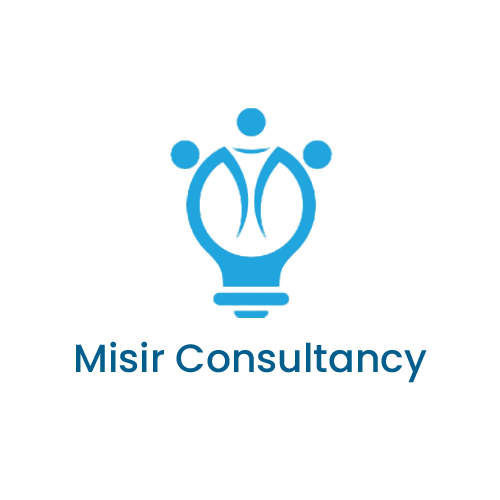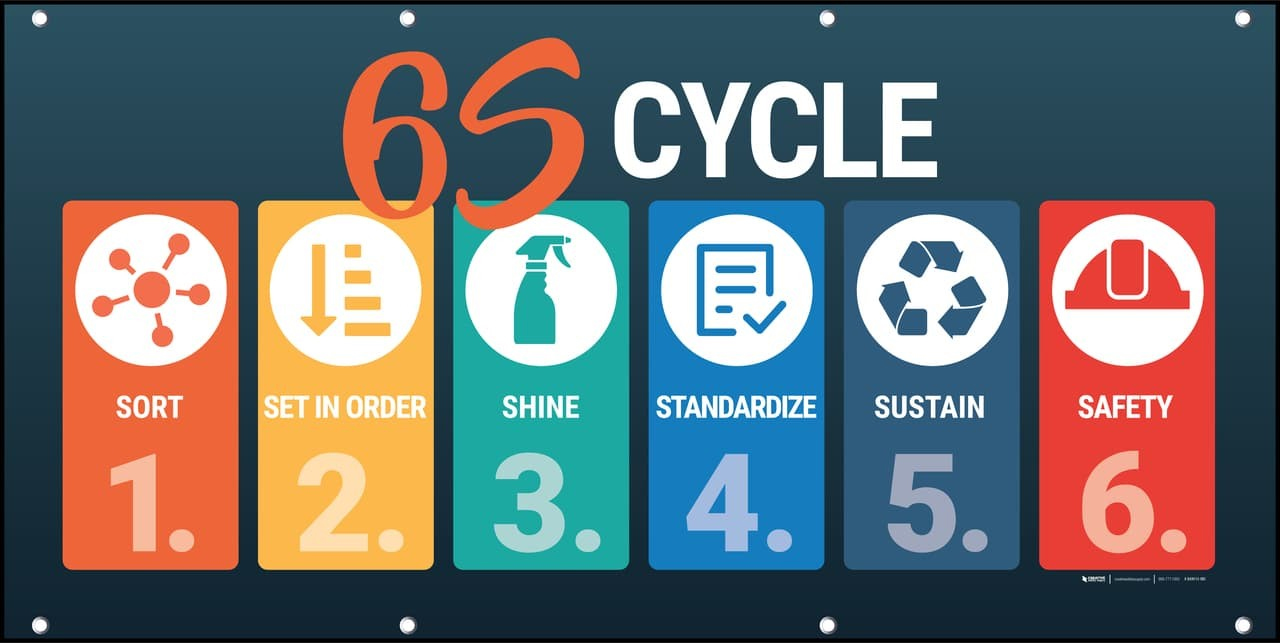6s Method
The 6S method is a workplace improvement process and assists in maintaining productivity and safety in the workplace. The six steps of the 6S method are: sort, systematize, clean, standardize, self-discipline and safety.
The six steps of the 6S method are Seiri (sort), Seiton (set in order), Seiso (shine), Seiketsu (standardize), Shitsuke (sustain), and Safety (safety).
⦁ Seiri (Sort)Unnecessary tools and materials are identified and sorted out. This makes the workplace more organized and creates more space for needed work materials.
⦁ Seiton (Set in order)A system is introduced for arranging the required work materials. Required tools and materials are arranged so that they can be accessed quickly and easily. The frequency of use as well as the order of use of the materials is taken into account.
⦁ Seiso (Shine)The own workplace and work utensils are cleaned. The cleaning of the work equipment also serves to identify deficiencies as well as potential threads. Thus, a safe and hygienic working environment is created.
⦁ Seiketsu (Standardize)All workplaces are standardized. For example, uniform markings and labels are used for work materials. The aim is to create standards that create an optimal working environment and make it easier to change workplaces.
Make it obvious where things belong, using lines, label signs, Shadow boxes, Shadow boards ect.
⦁ Shitsuke (Sustain)Compliance with the above rules is to become a habit. Likewise, the rules are to be constantly reviewed and improved in order to achieve the best possible benefits.
Create rules, guidelines, cleaning charts, actions lists etc. using display boards, newsletter’s and give recognition to sustain successes.
⦁ SafetyTo ensure safety in the workplace, potential sources of danger are searched for. After identifying the sources of danger, potential measures are defined and implemented to minimize the danger and increase safety.
Bottleneck Analysis
Identify which part of the manufacturing process limits the overall throughput and improve the performance of that part of the process.
Continuous Flow
Manufacturing where work-in-progress smoothly flows through production with minimal (or no) buffers between steps of the manufacturing process.
Gemba
A philosophy the reminds us to get out of our office and spend time on the plant floor – the place where real action occurs.
Heijunka
A form of production scheduling that purposely manufactures in much smaller batches by sequencing(mixing) product variants within the same process.
Jidoka
Design equipment to partially automate the manufacturing process ( partial automation is typically much less expensive then full automation) and to automatically stop when defects are detected.
Jit ( Just In Time )
Pull parts through production based on customer demand instead of pushing parts through production based on projected demand.
Produced and convey what customers want, when they want in exactly the amount they want.
Kaizen
A strategy where employee work together proactively to achieve regular, incremental improvements in the manufacturing process.
Kai+Zen = Better + Change
OEE( Over All Equipment effectiveness)
Framework for measuring productivity loss for a given manufacturing process. Three categories of loss are tracked
⦁ Availability (e.g. down time)
⦁ Performance (e.g. slow cycles)
⦁ Quality (e.g. reject )
Smart Goals
Goals that are : specific, measurable , attainable, relevant, and Time -Specific.
TPM { Total productive maintenance }
TPM combines’ preventive maintenance and total quality concepts.
TPM aims at improving existing plant conditions and at increasing the knowledge and skill of frontline personnel in order to achieve zero accidents, zero defects, and zero breakdowns.
TPM goes beyond preventive maintenance, to optimise the operation of the equipment.
TPM assigns basic preventive maintenance work including inspection, cleaning, lubricating, tightening and calibration of the production workers who operate the equipment.
In TPM, the engineers are freed up for the higher value-added maintenance activities such as improving the equipment, performing overhauls and improvements, fixing problems and providing training.





